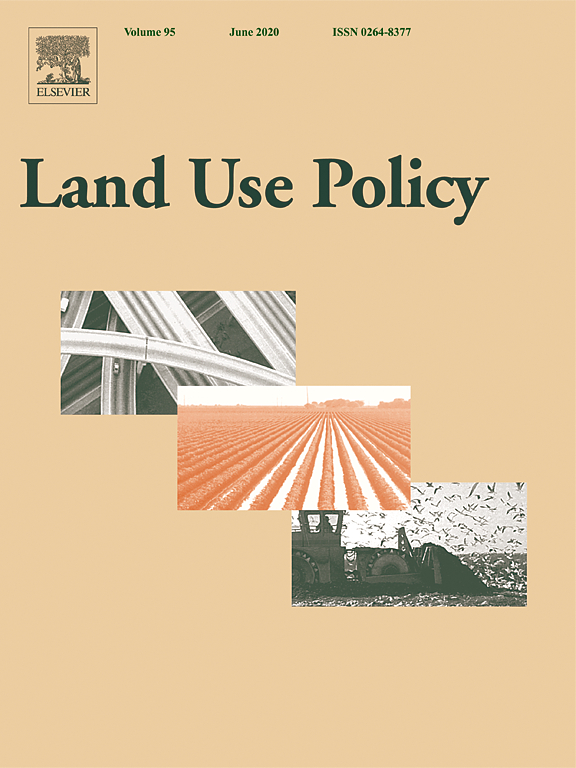Convergence of Romanian and Europe Union agriculture – evolution and prospective assessment
This paper presents forecasts related to the evolution of agricultural production in Romania, relative to the European Union average and to other countries (France, Germany, and Hungary) while taking into consideration the production potential of Romanian agriculture and opportunities to mobilize certain additional financial sources intended for the growth of intermediate consumption and implicitly of the value of agricultural production.



